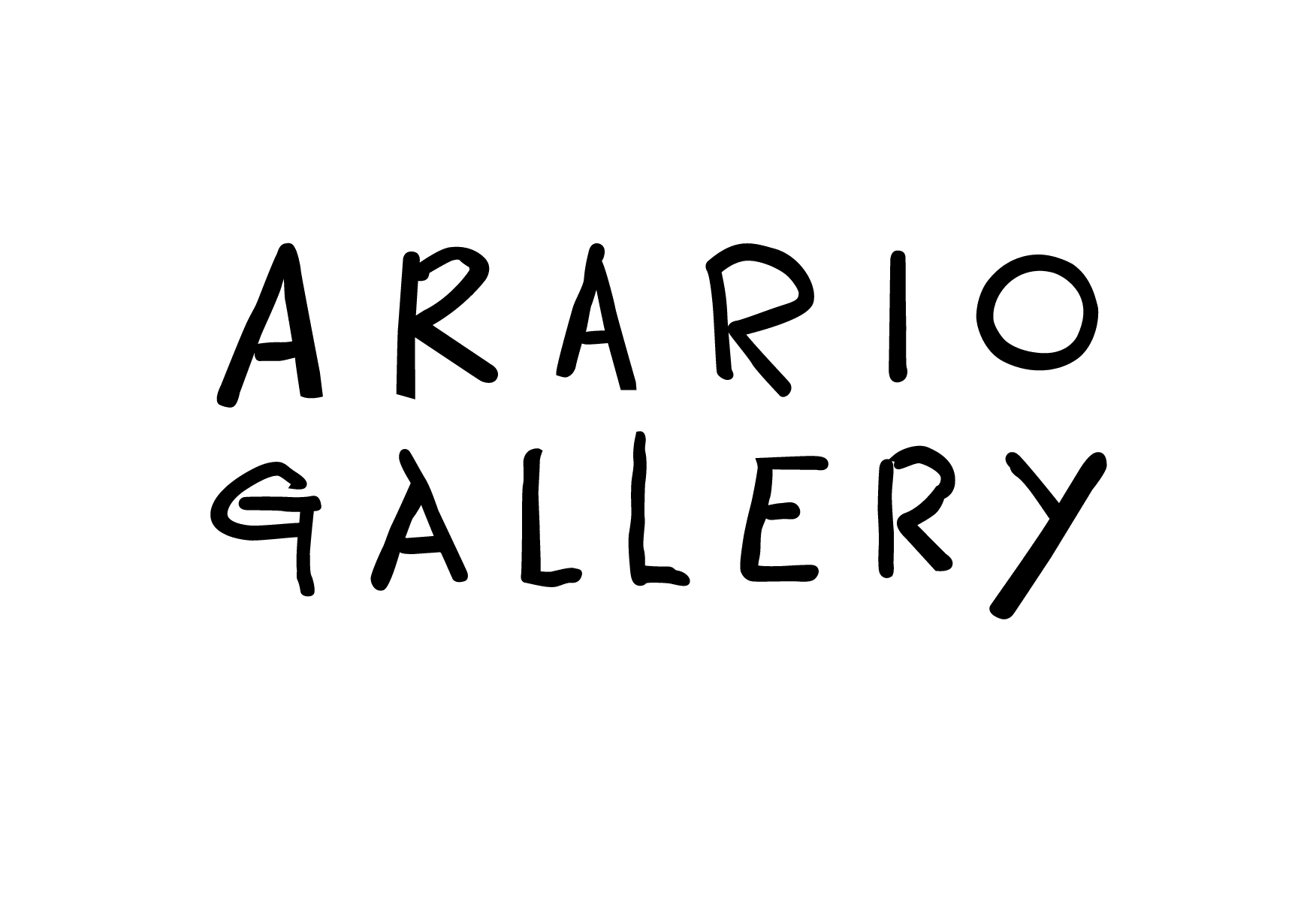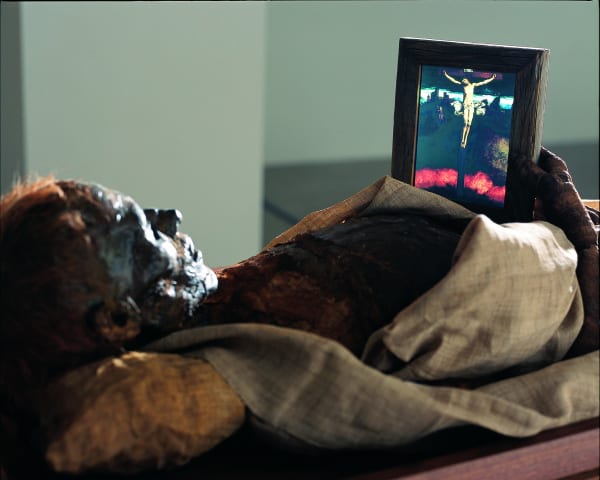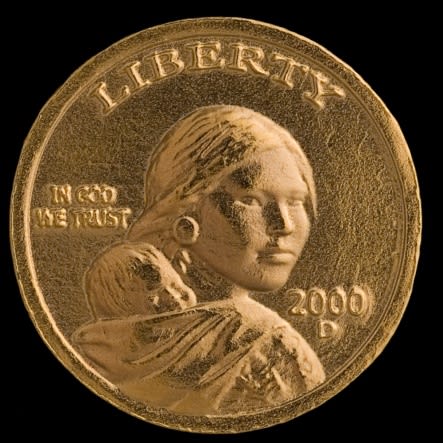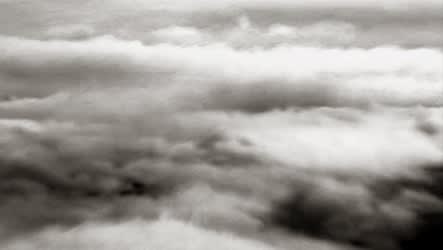JEON Joonho: Hyperrealism
Period | 18 January – 9 March, 2008
Venue | Arario Gallery Cheonan
Works | 9 pieces including installation and video
Opening Reception | 6pm, 17 January, 2008
Arario Gallery is proud to present the “Jeon Joonho Solo Exhibition, HYPER REALISM” as its first exhibition of the year. On exhibit are a total of 9 video pieces, 3 sculptures, one painting, and works that blend video and sculptures. In preparation for the exhibition, large scale construction work was carried out at the mammoth two-floor Arario Gallery (21,600 square feet) in Cheonan. Of the 5 main rooms that partition the building the two biggest rooms, 10 meters square each, have Jeon Joonho's thought-provoking videos playing from the 4 - 5 channels on every wall.
Arario Gallery is proud to present the “Jeon Joonho Solo Exhibition, HYPER REALISM” as its first exhibition of the year. Since the early 1990's Jeon has been noted for his videos, reinterpretations of Korean political and social realities from his unique perspective. His videos record the sorrows, major and minor, of Korea’s past. While making records of big and small incidents and accidents that had befallen Korean society his main objective, he gives a video version of a story that is based in reality, bringing to light as much of the multi-layered undersides of reality and thereby giving it emotional width and depth. On exhibit are a total of 9 video pieces, 3 sculptures, one painting, and works that blend video and sculptures. In preparation for the exhibition, large scale construction work was carried out at the mammoth two-floor Arario Gallery (21,600 square feet) in Cheonan. Of the 5 main rooms that partition the building the two biggest rooms, 10 meters square each, have Jeon Joonho's thought-provoking videos playing from the 4 - 5 channels on every wall.
A reality that we cannot confirm empirically is abstract and does not touch us. Also our perception of reality is very much influenced by the mass media we consume daily. Consequently the division of the country we experience is like a distant fable to many who have not experienced political division and war on a personal level. Nor is the division a subject of much interest to the media any longer. So many of us no longer identify with the social tragedies and problems brought about by the two Korea’s divide and treat them as matters of no concern. The artist is berating a society that has this distorted view of reality, the Korean society that is dominated by capitalism. This is particularly evident in "Hyper Realism," the centerpiece of the exhibit which as a whole takes this title.
"Hyper Realism" consists of works mounted on 5 separate channels, each playing animated images of escapees from North Korea, weeping women, General MacArthur, and North Korean paper money. "Image of Brothers" is a video piece which displays several plastic toy soldiers dancing an endless waltz in a limited space. Jeon attribute his inspiration to the sculpture “Image of Brother” in ‘The War Memorial Museum of Korea’. The sculpture, based on the real life story of two brothers, separated by the division of the country, shooting at each other in combat, depicts a couple of soldiers who want to hug and sit down but keep whirling and end up, their backs turned against each other. "Escapees from the North" shows several people who, looking like escapees, try to climb over a wall but fail, only to keep trying over and over. Since the division of the two Koreas, many news articles have been written about the sorrows of separated families as many families still live longing for their loved ones separated from them,but another reality is the problem of how to settle the hundreds of thousands of escapees crossing over from the north. In the video of General MacArthur, his cry, "I shall return," seems to fade, all the while it keeps coming back repeatedly, as if paraphrasing the conquest of capitalism. This work is a paradoxical exposition of our increasingly blasé attitude toward the tragedies caused by division and the mesmerism which consumes us, of capital and merchandise, i.e. the bright images of the mass media.
Outside of these works the artist has been steadfast in his efforts, in his unique way, to open our eyes to the realities of a society dominated by the logic of capitalism. His 2004 work, "This Is It," pinches our structure of perception and knowledge controlled by capitalism. The "This Is It" series which are made to mimic commercial advertisements, is a 3-part video filled with images of Nike, Mercedes Benz, and McDonald. The Nike logo drawn in Indian ink on Korean paper, the letter M vividly cut out on a sheet of seaweed on the dinner table, the Mercedes logo carved on a stone discovered by bounty hunters, these are comical, yet deadly serious images. This work epitomizes the paradoxical truth of how subliminally, subconsciously these three brand logos that represent capitalism permeate our perception and intellect.
By transcribing the realities of Korean society in these works Joonho Jeon recapitulates and lampoons our jaded consciousness, our apathy. Through them viewers come to grips with the meaning of things they have felt only superficially or overlooked by living through them. The exhibited works enable the viewer to feel their power, as they demonstrate that a reality, already full of meaning and importance in its own right, needs only to be seen as it is without embellishment or exaggeration.
We moderns are living in a society where realities are not perceived as realities. The social images peddled by the mass media are a far cry from the realities we are living in our society. The borderline between reality and unreality has been obliterated, immersing us in an age deluged by information and imagery. The obvious conclusion is that to get to the real thing we have to transcend the purported realities. In this sense the "hyper realism" graphically presented by Joonho Jeon evokes in us sobering, challenging questions and reflections.

















































